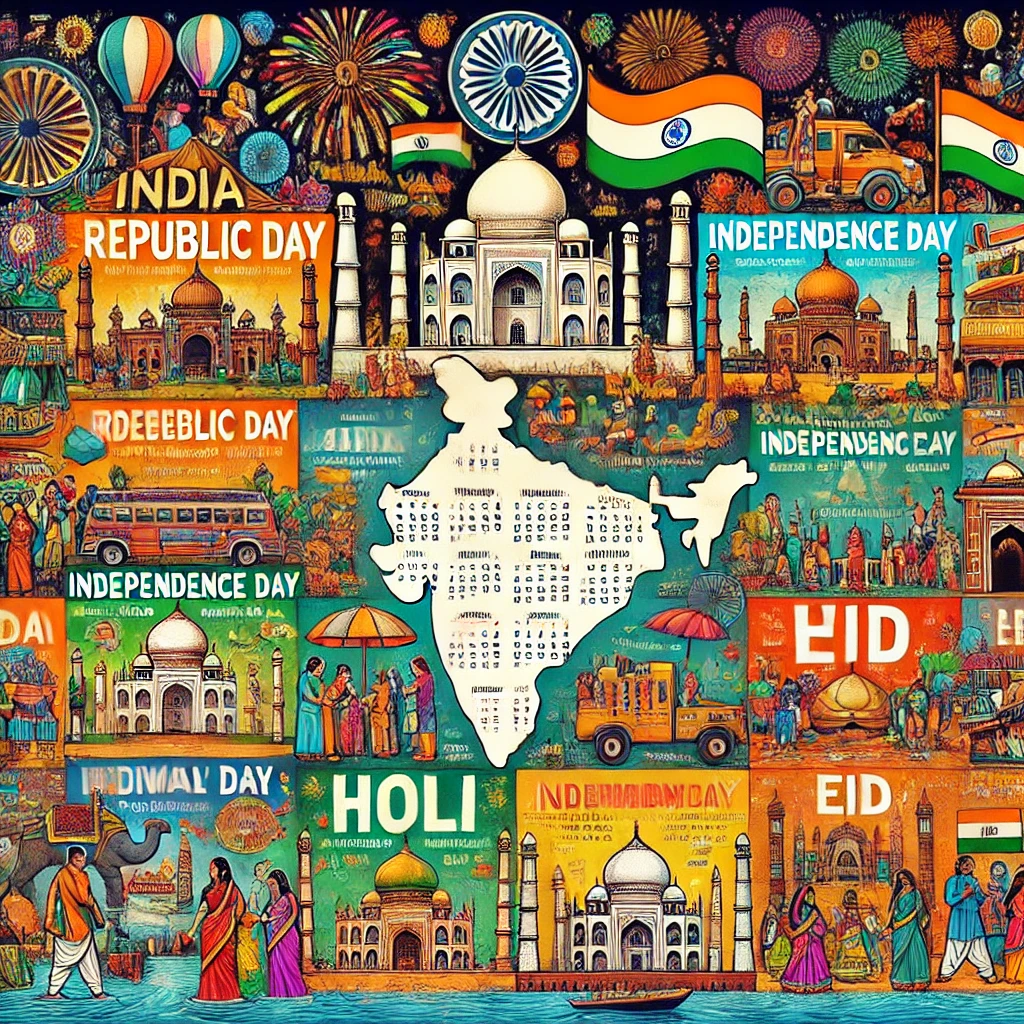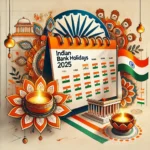Freedom is not just a right; it’s a responsibility.” These words echo the essence of Republic Day, one of India’s most significant national holidays. Celebrated annually on January 26, this day marks the adoption of the Indian Constitution in 1950, transforming India into a sovereign, socialist, secular, and democratic republic. Republic Day 2025 is not just a public holiday but a celebration of the nation’s democratic spirit and unity in diversity.
This article explores the historical significance, grand celebrations, and relevance of Republic Day in 2025, offering insights into its enduring legacy and how it continues to inspire generations.
What is Republic Day?
Republic Day commemorates the day when India’s Constitution came into effect, replacing the Government of India Act (1935). It symbolizes the transition from a British Dominion to a fully sovereign republic.
Difference Between Republic Day and Independence Day:
- Independence Day (August 15): Celebrates freedom from British rule in 1947.
- Republic Day (January 26): Marks the establishment of India’s Constitution and democratic governance.
History of Republic Day
Pre-Independence Context: India’s journey to becoming a republic began long before 1947. The freedom struggle was not just about achieving independence but also about envisioning a self-governed nation with equality and justice for all.
Drafting the Constitution: The drafting committee, led by Dr. B.R. Ambedkar, worked tirelessly to create a comprehensive Constitution. After nearly three years of deliberation, the Constitution was adopted on November 26, 1949, and came into effect on January 26, 1950.
Why January 26? The date honors the Purna Swaraj Declaration of 1930, when India first demanded complete independence from British rule. Choosing this date connected the republic’s foundation to a pivotal moment in India’s history.
Republic Day 2025: Significance and Relevance
Why It Matters Today: Republic Day 2025 serves as a reminder of the democratic values enshrined in the Constitution. It emphasizes unity in diversity, celebrating India’s rich cultural heritage and the principles of justice, liberty, and equality.
2025 Highlights: As the nation progresses in various fields, Republic Day 2025 reflects on recent achievements such as advancements in technology, sustainability initiatives, and international collaborations. It’s a day to honor the nation’s progress and renew commitment to democratic ideals.
How is Republic Day Celebrated?
Official Celebrations in Delhi:
- Parade on Rajpath (now Kartavya Path): The grand parade showcases India’s military strength, cultural diversity, and achievements in various fields.
- Chief Guest Tradition: Each year, a distinguished foreign leader is invited as the Chief Guest. (Highlight the guest for 2025, if known.)
- Flag Hoisting Ceremony: The President of India hoists the national flag, followed by the national anthem.
State and Local Celebrations:
- Across states, celebrations include cultural performances, flag hoisting, and public gatherings.
School and College Activities:
- Students participate in patriotic songs, speeches, and skits highlighting India’s journey.
Global Celebrations:
- The Indian diaspora celebrates with flag hoisting ceremonies and cultural events, showcasing their pride in Indian heritage.
Republic Day Parade Highlights
Structure of the Parade:
- Begins with the President’s arrival escorted by the President’s Bodyguard.
- Showcases military regiments, tableaus from different states, and cultural performances.
Air Force Flypast: A spectacular display of fighter jets and helicopters leaves the audience in awe.
Awards and Honors:
- Gallantry Awards: Honors bravery and sacrifice.
- Padma Awards: Recognizes exceptional contributions in various fields.
Key Themes for Republic Day 2025
Predicted Theme: Themes often focus on contemporary issues. For 2025, it may emphasize:
- Atmanirbhar Bharat (Self-Reliant India): Showcasing India’s progress in technology and manufacturing.
- Sustainability: Promoting eco-friendly practices and green initiatives.
- Digital Transformation: Highlighting advancements in digital infrastructure.
Lesser-Known Facts About Republic Day
- The first Republic Day parade was held in 1950 at Irwin Stadium (now National Stadium).
- Dr. Rajendra Prasad took the oath as India’s first President on January 26, 1950.
- The parade’s chief guest tradition started in 1950 with Indonesian President Sukarno.
- The Constitution of India is the longest in the world, with 448 articles.
Frequently Asked Questions (FAQs)
1. Why is Republic Day celebrated on January 26?
To honor the Purna Swaraj Declaration of 1930 and mark the adoption of the Constitution in 1950.
2. How is Republic Day different from Independence Day?
Independence Day celebrates freedom from British rule, while Republic Day marks the adoption of democratic governance.
3. What is the significance of the Republic Day Parade?
It showcases India’s cultural diversity, military strength, and achievements.
4. Who drafted the Indian Constitution?
The drafting committee was chaired by Dr. B.R. Ambedkar.
5. How is Republic Day celebrated outside India?
Indian embassies and communities abroad organize flag hoisting ceremonies and cultural events.


